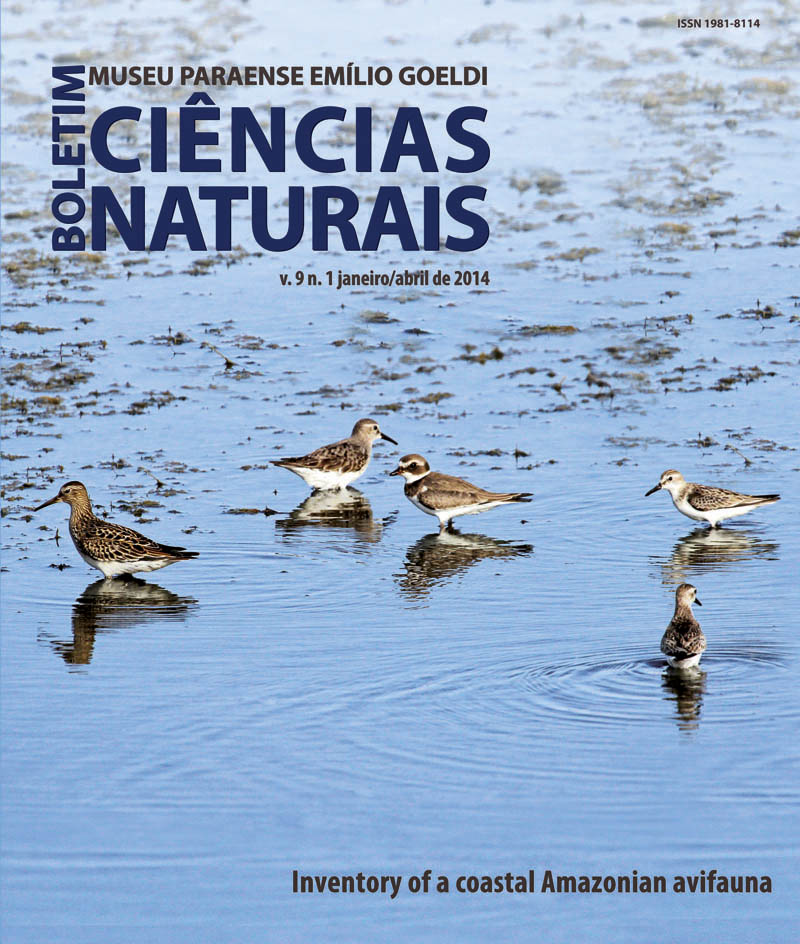Cathodoluminescence on quartz crystals: petrologic and metallogenetic implications
DOI:
https://doi.org/10.46357/bcnaturais.v9i1.538Keywords:
Cathodoluminescence, Quartz, Morphology, Textures, Hydrothermal alterationAbstract
The scanning electron microscopy and cathodoluminescence allow identifying primary and secondary textural patterns in crystals of quartz, not recognizable in conventional microscopy, which allow distinguishing different generations of the mineral, compositional change and alteration processes. This paper discusses the morphological and textural aspects of quartz crystals from volcanic rocks of the Tapajós Gold Province, of the granites and greisens of the tin provinces of South Pará and Pitinga (Amazonas), and hydrothermal veins of Serra Grande Group, state of Piauí. In these rocks, related to different geological environments, primary features were identified, such as the relative homogeneity of the crystals, features of resorption, growth impediment, and relict cores, among others. Besides these, the compositional zoning in euhedral crystals, veinlets in the interstices of the grains, sealed fractures and corrosion features mark the hydrothermal stage. The morphological and textural characteristics observed allow reconstituting the chronology of events between distinct phases of hydrothermal alteration and associated mineralization, besides to establish the relationships between plutons of one same magmatic unit.
Downloads
Published
Issue
Section
License
Publication means fully assigning and transferring all copyrights of the manuscript to the journal. The Liability Statement and
Assignment of Copyrights will be enclosed with the notice of acceptance. All the authors must sign the document and return it to the journal.








